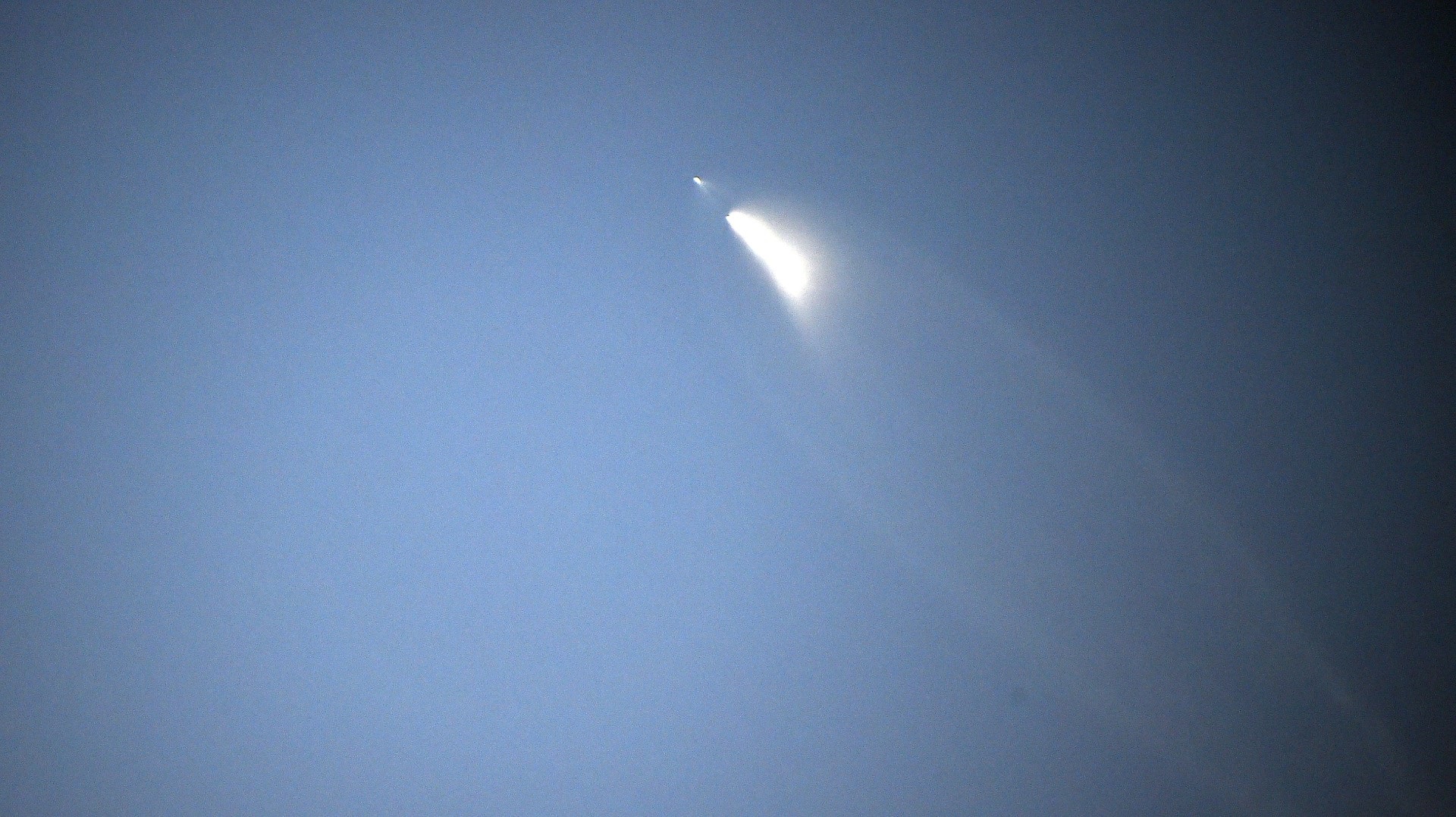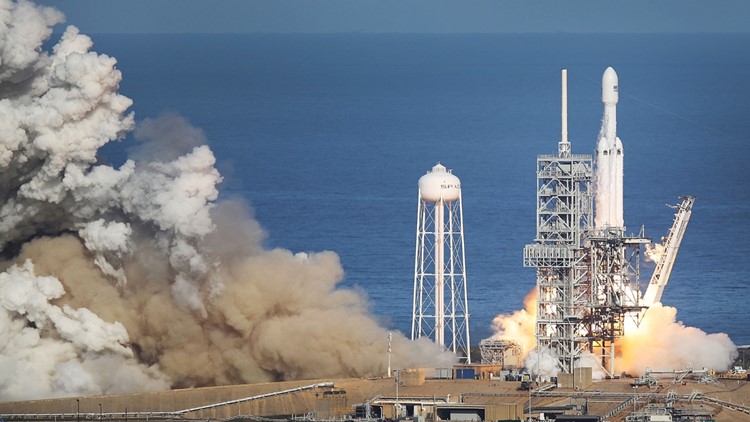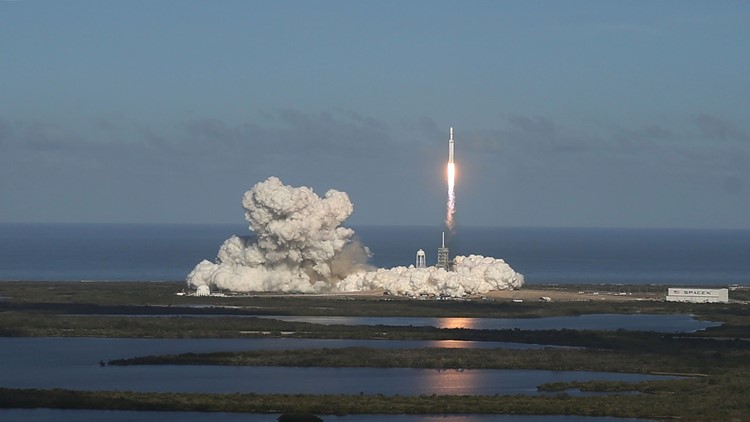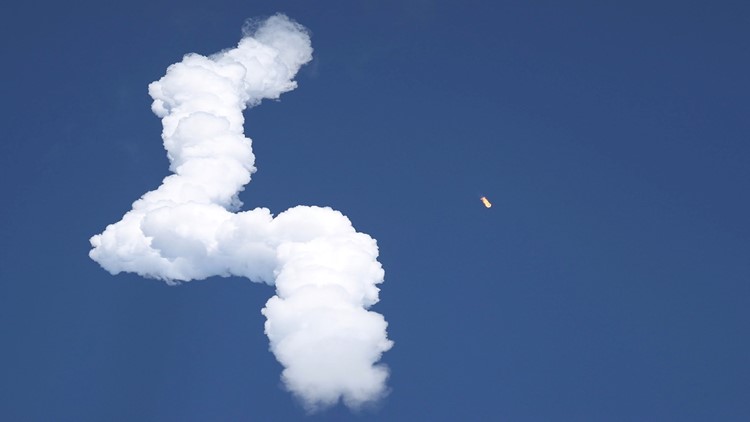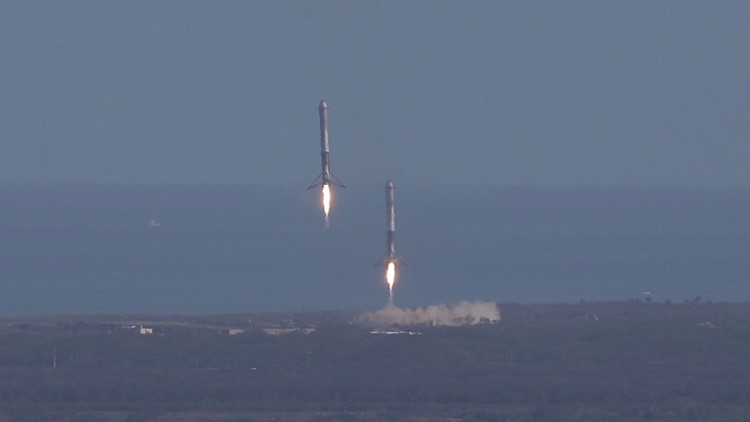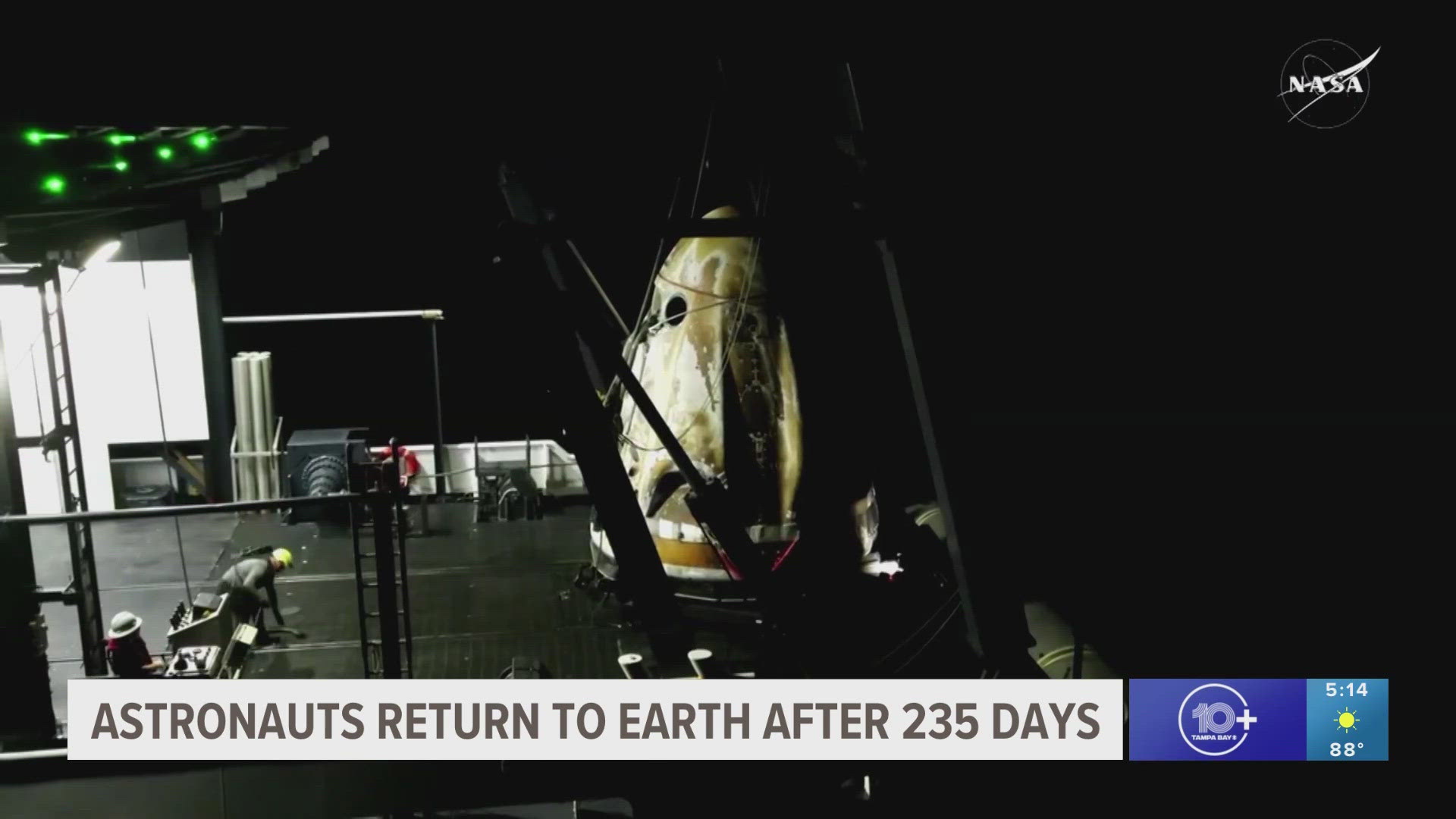CALIFORNIA -- SpaceX's communications ambitions officially took flight Thursday when a Falcon 9 rocket carrying a test set of its internet-beaming satellites vaulted off a California launch pad and into the dark morning sky.
The two mini-fridge-sized prototype spacecraft, named Microsat-2a and Microsat-2b in federal filings, weren't the primary payloads for the 6:17 a.m. Pacific time liftoff from Vandenberg Air Force Base – that honor belonged to PAZ, an Earth observation satellite, for Spain-based Hisdesat.
PAZ saw successful deployment from the rocket's second stage 11 minutes after liftoff and the two Microsats began communicating with Earth stations shortly after, according to CEO Elon Musk. He also said both were nicknamed "Tintin A & B."
"Tintin A & B will attempt to beam 'hello world' in about 22 hours when they pass near LA," he said Thursday morning.
Photos: SpaceX launches Falcon Heavy rocket, sticks 2 landings
Trademark documents filed last year – and tweets by Musk himself – revealed that SpaceX has settled on a name for the nearly 12,000-satellite constellation that it will launch, operate and market to users: Starlink.
"These are meant to gather data in advance of deploying and operating a satellite constellation that will provide internet service," said Tom Praderio, a SpaceX firmware engineer, during the company's live webcast of the launch. "However, even if these satellites work as planned, we still have considerable technical work ahead of us to design and deploy a low-Earth orbit satellite constellation."
The statement from SpaceX and confirmation that the constellation would "provide people in low-to-moderate population densities around the world with affordable, high-speed internet access" was a rare confirmation by the company hoping to take a slice of the communications industry. SpaceX has typically referred to its Federal Communications Commission filings as statements and sources of information on Starlink.
If successful, the two prototype satellites will help pave the way for SpaceX's plans to launch nearly 12,000 satellites to low Earth orbit as soon as 2024. The general consensus among analysts is that Musk is looking to create a new source of revenue for long-term Mars ambitions that could one day dwarf income from launches – an inherently risky venture with tight margins.
The feature-packed mission from Space Launch Complex 4 also included an attempted Pacific Ocean fairing recovery operation by a boat named "Mr. Steven." Musk, who described the vessel as a "catcher’s mitt in boat form," was unable to capture the rocket's two-piece nose cone, but it appeared to be intact after a nearby splashdown.
"Missed by a few hundred meters, but fairing landed intact in water," Musk said of the hardware valued at around $6 million. "Should be able catch it with slightly bigger chutes to slow down descent."
If successful, SpaceX's eventual recycling of fairings could add even more hardware to its growing list of "flight-proven" components. Musk sees reusability as the key to lowering costs and increasing access to space.
Teams now turn their attention to Cape Canaveral Air Force Station, where a Falcon 9 rocket topped with Hispasat 30W-6, a commercial communications satellite for Spain-based Hispasat, is slated to launch at 12:35 a.m. Sunday. An Air Force weather forecast released Wednesday said conditions at Launch Complex 40 should be 80 percent "go" for the launch to geostationary transfer orbit.

